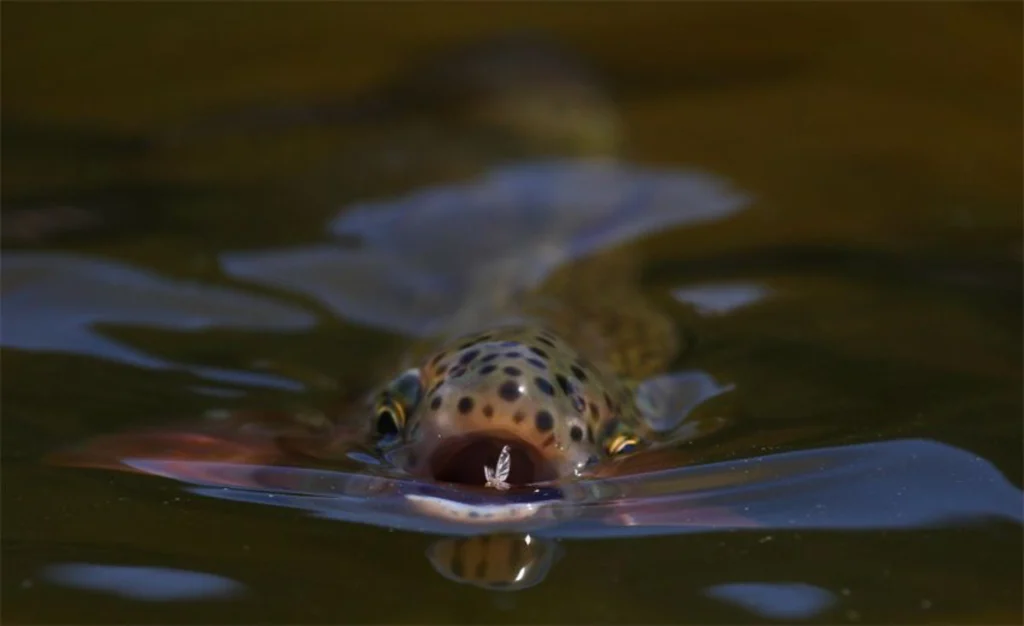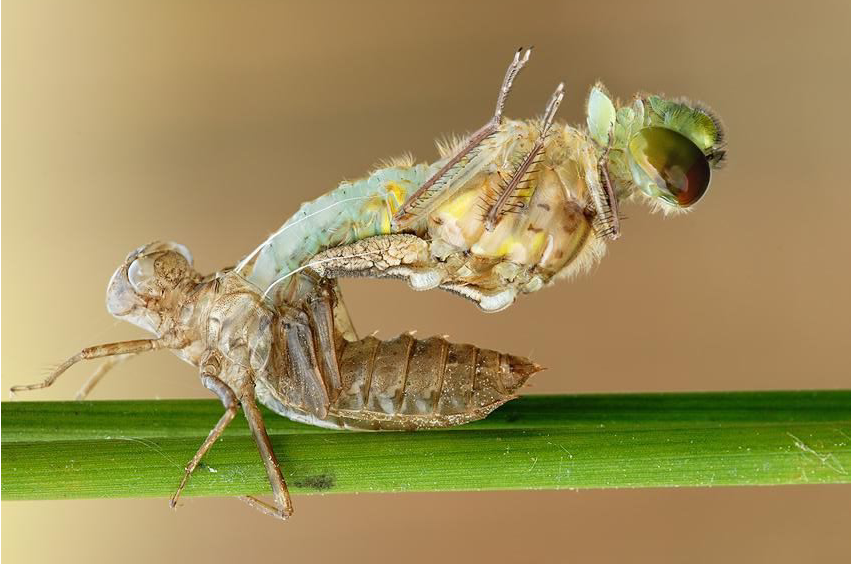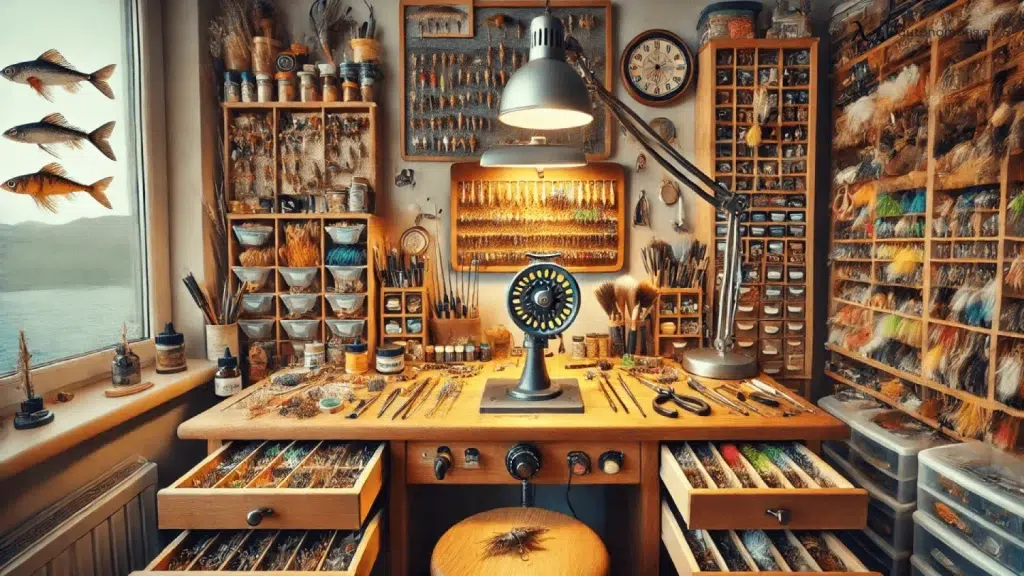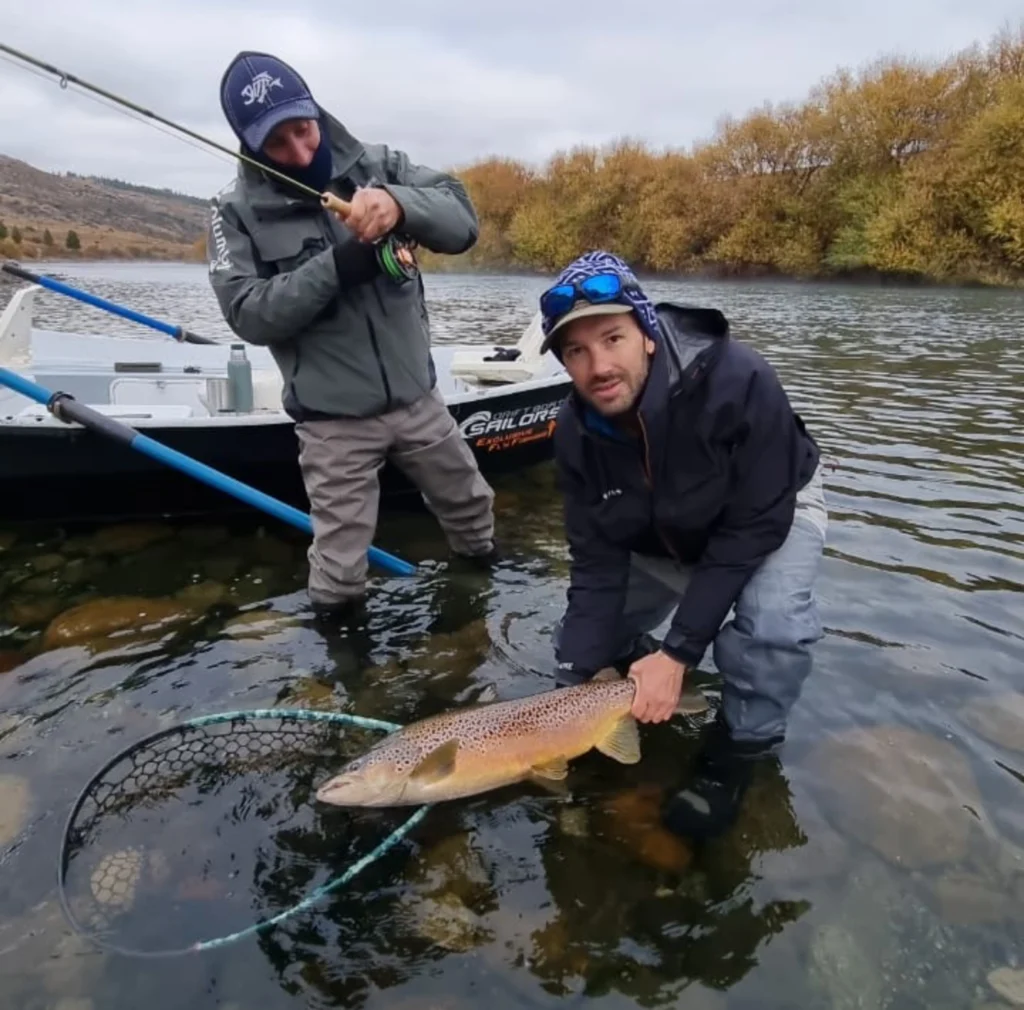Entomology for Fly Fishing - Part I
Home - Entomology for Fly Fishing - Part I
Search Here
Recent Posts

Need Help? Call Us
+54 9 2944505509

Fly fishing is often described as equal parts sport, art, and science. Casting skill and patience certainly matter, but the real magic begins when you understand what trout actually eat. This is where entomology for fly fishing—the study of insects and other foods trout rely on—becomes an essential part of the craft. It’s not about memorizing every scientific name or carrying a mountain of fly boxes. Instead, it’s about grasping the fundamentals of trout diets, observing the water with curiosity, and making thoughtful choices when selecting or tying your flies.
That’s why we’re dedicating a series of posts to entomology for fly fishing. Along the way, we’ll not only cover the classic insect groups and their life cycles, but also say a word or two about the unique conditions of our own waters. The goal is simple: to help you see the river as the trout see it, and to fish with greater confidence and increase success.
Why Insects Matter to Trout—and to You
Trout are opportunistic feeders. On any given day, their menu might include aquatic insects, terrestrial insects, worms, crustaceans, leeches, minnows, or even the occasional small rodent. But aquatic insects—mayflies, stoneflies, caddisflies, and midges—form the cornerstone of their diet in most rivers and streams. These insects spend most of their lives underwater in immature forms before emerging as winged adults. During these transformations, they become highly vulnerable and trout feed on them eagerly.
For the angler, this means opportunity. If you can identify what insects are present, what stage they are in (pupa/nymph, emerger, or adult), and then choose or even tie a fly that mimics their size, shape, and color, your chances of success increase dramatically. This is the essence of the famous fly-fishing phrase: “matching the hatch.”
Learning to See Like a Trout
Understanding insects is only half the equation. The other half is seeing the world as a trout does. Trout live in a dynamic, watery environment where currents carry food past them like a conveyor belt. They conserve energy by holding in slower pockets near the bottom, darting out only when food passes within reach. Shade, current speed, and water temperature all shape where and how they feed.
When you observe closely, you’ll notice that trout don’t feed at random. A trout may rise gently for a drifting mayfly dun, slash aggressively at a skittering caddis, or sip almost imperceptibly at a cloud of midges. Each rise form tells you something about what’s happening beneath or on the surface—and which fly to try next.
The Four Big Insect Groups
While there are thousands of insect species, most fly fishers focus on four main groups:
- Mayflies: Fragile, sail-winged insects with graceful tails. Their hatches often create legendary feeding frenzies, but trout also take their nymphs year-round.
- Stoneflies: Clumsy fliers but excellent food. Their large nymphs live under rocks in fast water, making them favorites of bigger trout.
- Caddisflies: Tent-winged “mothlike” insects. Their larva and pupae are especially important, and their adults often skitter across the surface, triggering explosive takes.
- Midges: Tiny, mosquito-like insects that hatch in staggering numbers, especially in cold weather. They demand finesse but can keep trout feeding even in the dead of winter.
Each of these insects has a life cycle, behavior, and seasonality that influence when and how trout eat them. Learning these basics doesn’t have to be overwhelming—it’s more about pattern recognition than memorization.
Observation: Your Most Valuable Skill
Books and charts are helpful, but nothing replaces direct observation. Turn over a few rocks to see nymphs clinging underneath. Watch how insects drift in the current or how they flutter at the surface. Notice the color, size, and movement of the bugs trout are eating. Then pick a fly that resembles not just how they look, but how they act.
Some naturals float dead-drift, others wiggle, dart, or crawl. Once you tie on your fly, it’s up to you to bring it to life with careful line control and presentation. This is where fly fishing transcends into a beautiful blend of craft, science, and intuition.
A Lifelong Journey
Entomology for fly fishing isn’t about becoming an expert overnight. That’s why we start simple —learn to tell a mayfly from a caddis, a nymph from an adult. Stay curious, observe each time you’re on the water, and let your successes (and misses) guide your learning. Every trout you fool with a carefully chosen imitation is more than a catch—it’s proof of your growing connection to the river’s ecosystem.
In the end, that’s the true reward of studying insects for fly fishing. You’re not just casting a fly; you’re entering the trout’s world, understanding its rhythms, and becoming part of a timeless dance between predator, prey, and angler.
References and Bibliography
There are not many books on entomology written specifically from a fisherman’s perspective, with the right balance of detail and simplicity for practical use. Beyond a few Spanish references by local fishermen and fly-fishing biologists, we often rely on two outstanding works from the U.S. literature, both of which we can wholeheartedly recommend. The first is Trout and Their Food: A Compact Guide for Fly Fishers by the legendary Dave Whitlock, and the second is The Orvis Streamside Guide to Trout Foods and Their Imitations by none other than Tom Rosenbauer. Both stand as excellent references for anyone interested in understanding trout entomology and its direct application to fly fishing.
Stay tuned for the coming parts of this series.




